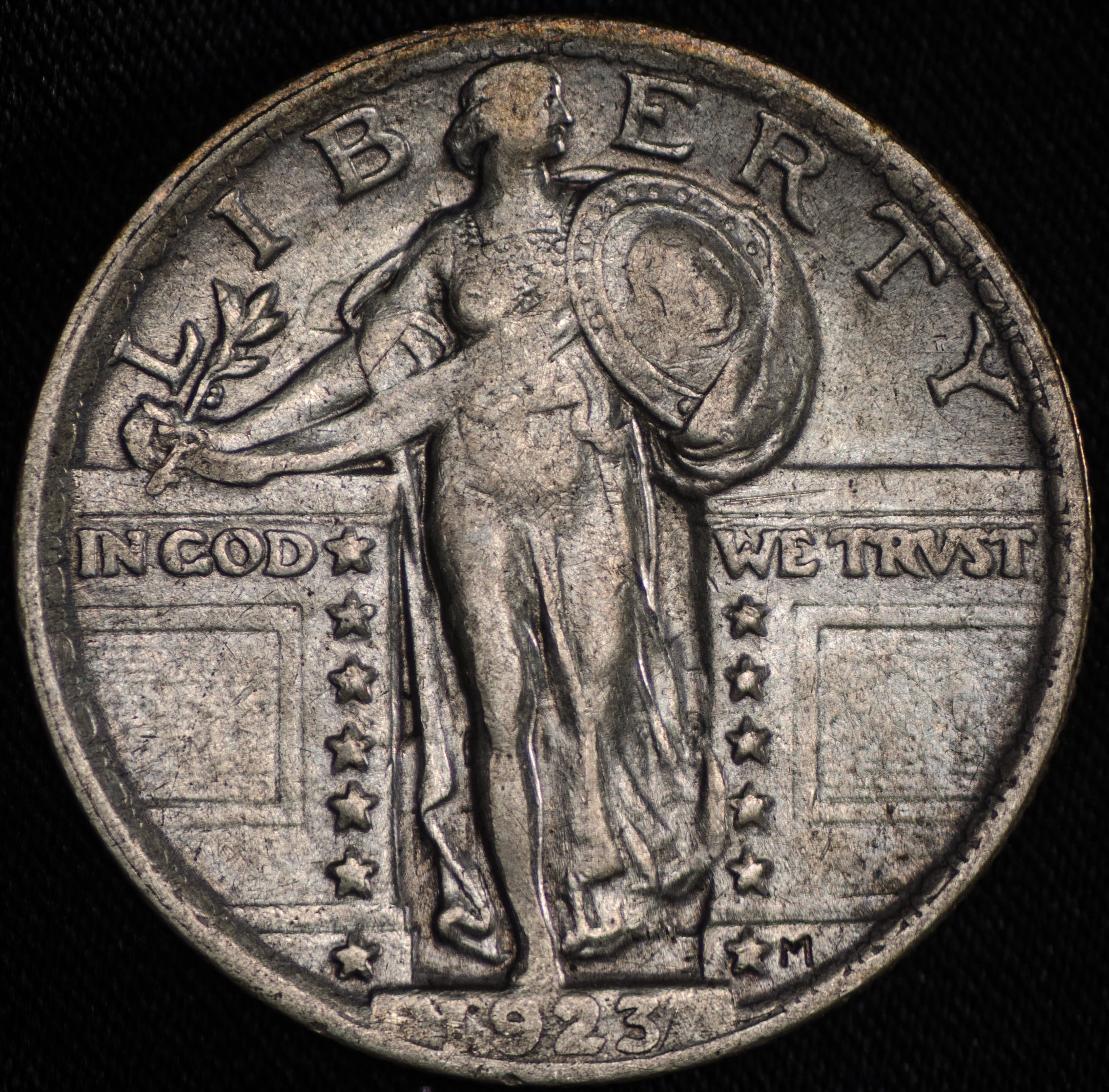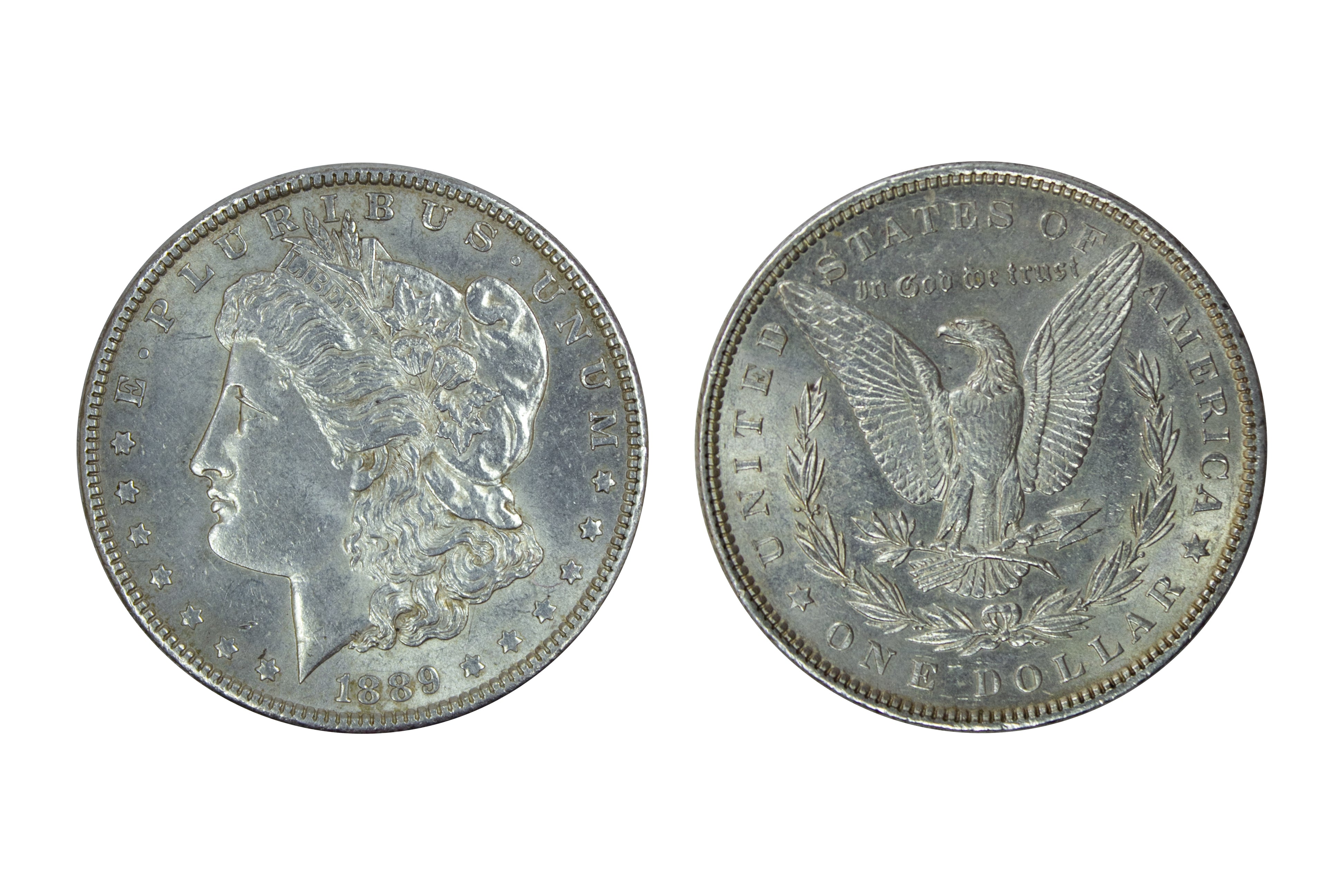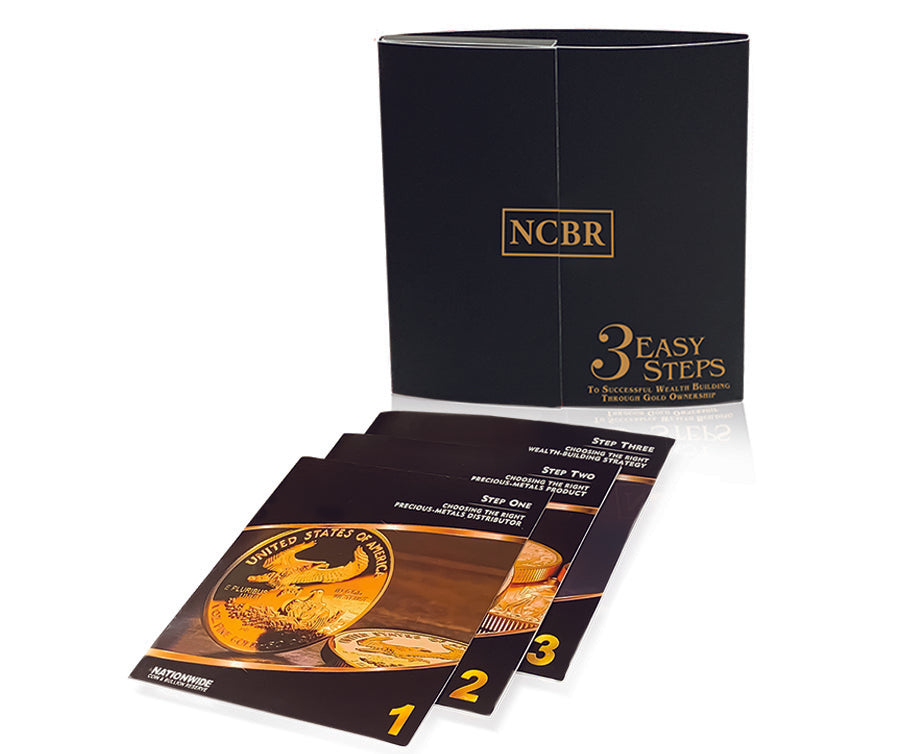The Standing Liberty Quarter holds a significant place in the history of American coinage. Minted from 1916 to 1930, this quarter-dollar coin showcases Lady Liberty in a standing position, rather than the traditional seated depiction. Its striking design and limited mintage make it a highly sought-after collectible among numismatists. In this article, we will explore the fascinating history, intricate design, and value of the Standing Liberty Quarter.
The Birth of the Standing Liberty Quarter
The Standing Liberty Quarter was born out of the desire for a coin that symbolized America's response to World War I. Designed by sculptor Hermon A. MacNeil, the coin's obverse featured Lady Liberty standing tall, wearing chain mail, holding a shield in her left hand, and an olive branch in her right. The reverse side showcased an eagle in flight, flanked by 13 stars representing the original colonies.
A Controversial Design Change
Shortly after its initial release, the Standing Liberty Quarter faced criticism due to Lady Liberty's exposed right breast, considered inappropriate for the time. As a result, in 1917, the design was altered to feature a more modest portrayal of Lady Liberty, covering her chest with a coat of mail. This modification sparked further interest among collectors, making the 1917 and 1917-D editions particularly valuable today.
The Mintage Varieties
Throughout its production, the Standing Liberty Quarter saw various minting techniques, resulting in different mintmarks and mint years. The coin was minted in Philadelphia, Denver, and San Francisco. Each mint mark and year carries its own rarity, contributing to the coin's allure among collectors. Understanding the mintage varieties is essential for those seeking to build a comprehensive collection.
The Three Distinct Types
The Standing Liberty Quarter can be categorized into three distinct types based on the changes in design and relief.
- The first type, minted from 1916 to mid-1917, is known as the "Type 1" or "Bare Breast" variety.
- The second type, minted from mid-1917 to 1924, is referred to as the "Type 2". One significant modification is the inclusion of a chainmail shirt on Lady Liberty, which adds a distinctive feature to her portrayal.
- Lastly, the third type, minted from 1925 to 1930, is called the "Type 3." The date on the Standing Liberty Quarter was recessed below the rim, providing protection to the numerals and reducing the likelihood of wear.
Collectible Standing Liberty Quarters
Collectors value the Standing Liberty Quarter for its rarity, historical significance, and intricate design. While some may choose to focus on acquiring each mintage year, others may concentrate on amassing examples of the three distinct types. High-quality, well-preserved specimens are particularly prized among numismatists, commanding higher prices at auctions and in the numismatic market.
Determining the Value
The value of a Standing Liberty Quarter is influenced by several factors, including its mintage year, mintmark, condition, and overall rarity. Coins in better-preserved states generally command higher prices, with certain years being exceptionally rare and highly sought after. Professional coin grading services provide an objective assessment of a coin's condition, which significantly impacts its value.
Conclusion
The Standing Liberty Quarter is an iconic piece of American numismatic history. Its unique design, evolving throughout its production, reflects the spirit of a nation during a time of war and cultural change. Today, collectors and enthusiasts continue to appreciate the beauty and historical significance of this coin, making it a cherished item in the realm of numismatics.
Real Time Precious Metals Data Below







